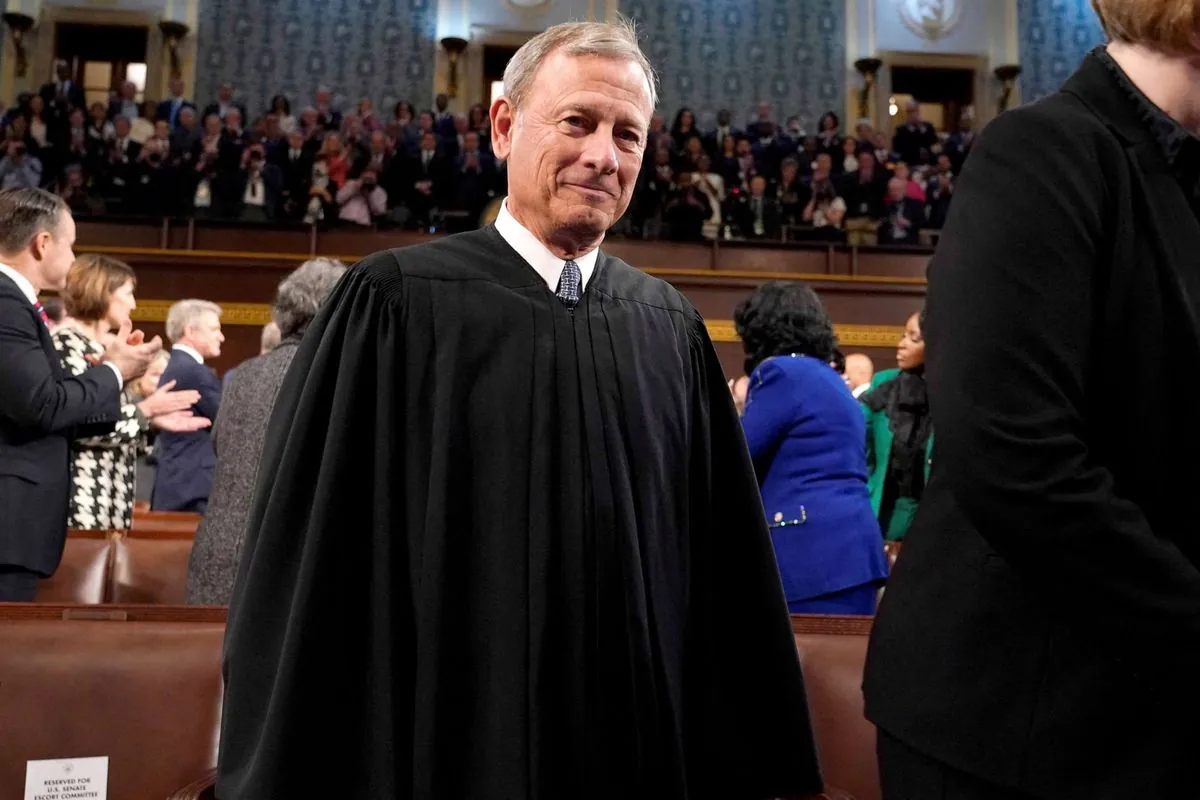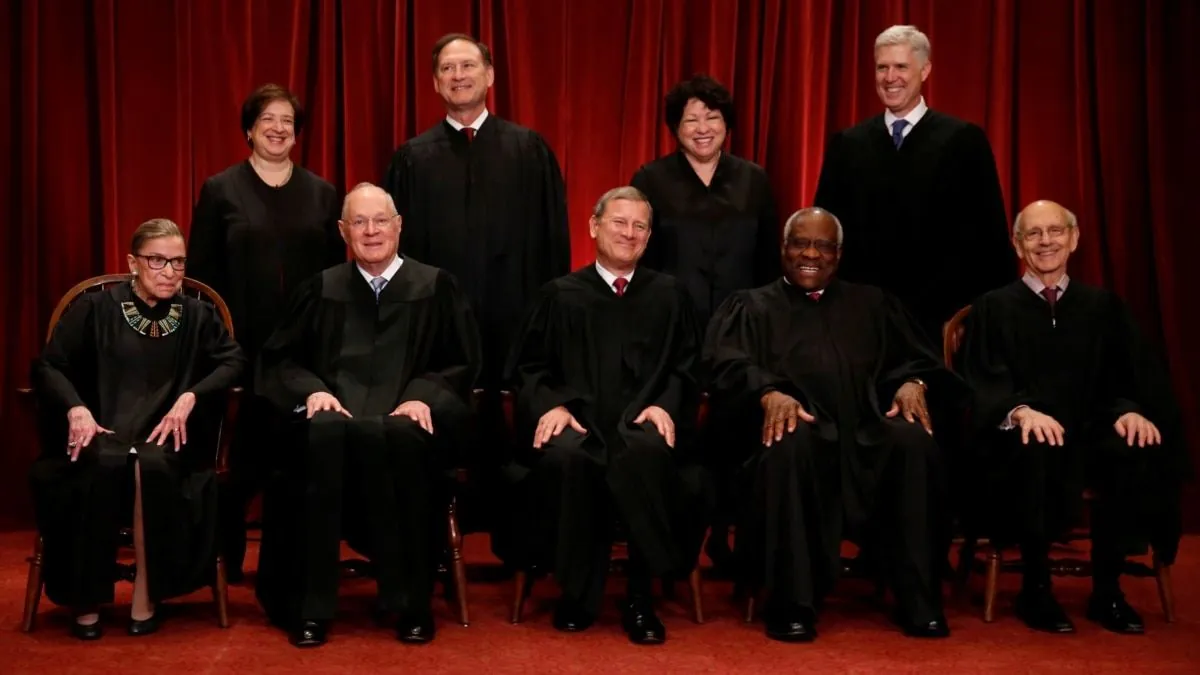Supreme Court Overturns Chevron Doctrine, Reshaping Administrative Law
The U.S. Supreme Court has overruled the long-standing Chevron doctrine, significantly altering the landscape of administrative law. This decision shifts power from federal agencies to the courts in interpreting ambiguous statutes.

On June 28, 2024, the U.S. Supreme Court made a landmark decision that has sent ripples through the legal community. In a ruling that overturned the 40-year-old Chevron doctrine, the Court has fundamentally altered the balance of power between federal agencies and the judiciary in interpreting statutes.
The Chevron doctrine, established in 1984, had become a cornerstone of administrative law. It required courts to defer to federal agencies' interpretations of ambiguous statutes, provided those interpretations were reasonable. This principle, derived from the case Chevron U.S.A. Inc. v. Natural Resources Defense Council, Inc., had become the most cited administrative law decision in American jurisprudence.
In the combined cases of Loper Bright Enterprises v. Raimondo and Relentless v. Dept. of Commerce, the Court's conservative majority, led by Chief Justice John Roberts, determined that the Chevron doctrine was inconsistent with the Administrative Procedures Act (APA) and constitutional principles. The Court emphasized that it is the judiciary's role to "say what the law is," referencing the seminal case Marbury v. Madison from 1803.

The decision effectively shifts the interpretive authority from federal agencies back to the courts. Justice Neil Gorsuch and Justice Clarence Thomas provided concurring opinions, addressing stare decisis and separation of powers concerns respectively. In contrast, Justice Elena Kagan authored a dissenting opinion, joined by Justices Sonia Sotomayor and Ketanji Brown Jackson (partially).
With the demise of Chevron, the legal community anticipates a return to the principles of Skidmore deference, established in 1944. Under Skidmore, courts consider agency interpretations as persuasive authority but retain the ultimate power to determine statutory meaning. This approach aligns with the Court's emphasis on judicial independence in statutory interpretation.
The consequences of this ruling are likely to be far-reaching. Federal agency rules and decisions may face increased scrutiny and challenges in court. The power dynamic between the judiciary and administrative agencies has shifted, potentially leading to more aggressive judicial review of agency actions across various sectors, including environmental regulation, healthcare, and financial services.
As the legal community grapples with this significant change, many experts anticipate a period of uncertainty and potential instability in administrative law. The full impact of the Court's decision may only become clear as lower courts begin to apply this new framework in future cases.
"It prevents judges from judging."
This decision marks a pivotal moment in American administrative law, reflecting a broader conservative push to limit the power of the administrative state. As the dust settles, stakeholders across industries will need to reassess their strategies for engaging with federal agencies and navigating the regulatory landscape.
The overturning of Chevron serves as a reminder of the evolving nature of legal doctrines and the significant impact Supreme Court decisions can have on the functioning of government and the interpretation of laws. As the legal system adapts to this new reality, the coming years will likely see a reshaping of the relationship between the judiciary, federal agencies, and the legislative branch.


































